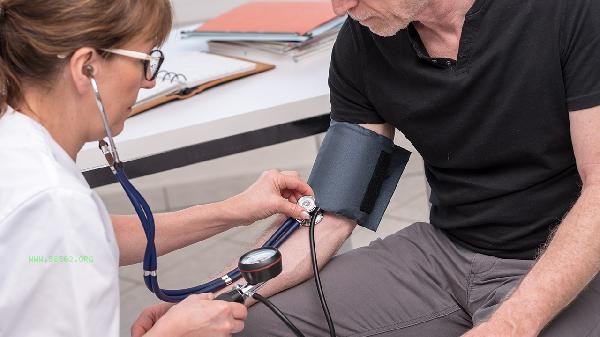Exercise such as brisk walking, swimming, cycling, Tai Chi, and yoga can help lower blood pressure. These exercises have a positive impact on blood pressure control by improving blood circulation, enhancing cardiovascular function, and relieving stress.

1. Fast walking
Fast walking is a low-intensity aerobic exercise suitable for most hypertensive patients. Persisting in brisk walking for 30 minutes every day can promote blood circulation in the lower limbs and reduce vascular resistance. It is most appropriate to maintain a heart rate within the range of 50% -70% of the maximum heart rate during brisk walking. This type of exercise does not require special venues and equipment, and can be conducted in parks or residential areas. Long term brisk walking can help reduce systolic and diastolic blood pressure.
2. Swimming
Swimming is a whole-body exercise, and the buoyancy of water can reduce joint burden. When swimming, water pressure has a massage effect on blood vessels, which helps to dilate peripheral blood vessels. Swimming 3-4 times a week for 30-45 minutes each time can effectively improve vascular elasticity. Swimming can also regulate autonomic nervous system function and alleviate the impact of mental stress on blood pressure. Pay attention to warm-up exercises before swimming to avoid stimulating blood vessel contraction due to low water temperature.
3. Cycling
Cycling can enhance lower limb muscle strength and promote venous blood return. Moderate intensity cycling can improve endothelial function and increase the release of nitric oxide. It is recommended to choose a flat route for cycling, maintain a constant speed, and avoid sudden acceleration or climbing. Cycling 3-5 times a week for about 40 minutes each time can help maintain stable blood pressure. Indoor cycling platforms are also a good choice as they are not affected by weather conditions.

4. Tai Chi
Tai Chi combines breathing regulation and slow movements, making it particularly suitable for middle-aged and elderly patients with hypertension. Practicing Tai Chi with deep and long abdominal breathing can relax the sympathetic nervous system and reduce peripheral vascular resistance. Practicing Tai Chi for 30 minutes every day for more than 3 months can significantly reduce blood pressure. Tai Chi moves gently and does not cause drastic fluctuations in blood pressure. It can also improve balance and psychological state.
5. Yoga
Yoga regulates the autonomic nervous system through postures and breathing techniques. Some specific postures, such as baby style and cat cow style, can relax the back muscles and improve blood circulation. Yoga meditation can also alleviate anxiety and lower stress hormone levels. It is recommended to choose gentle hatha yoga and avoid high-temperature yoga or strong twisting postures. Practice 3 times a week for 45 minutes each time, with abdominal breathing for better results. Patients with hypertension should pay attention to gradual exercise and avoid sudden increases in blood pressure caused by intense exercise. Blood pressure should be measured before exercise, and exercise should be temporarily suspended when blood pressure exceeds 160/100mmHg. If you experience discomfort such as dizziness or chest tightness during exercise, stop immediately. It is recommended to prioritize aerobic exercise and combine it with appropriate strength training. Maintaining at least 150 minutes of moderate intensity exercise per week, combined with lifestyle adjustments such as a low salt diet and regular sleep, can achieve the best blood pressure lowering effect. Warm up and relax before and after exercise to avoid sports injuries.









Comments (0)
Leave a Comment
No comments yet
Be the first to share your thoughts!